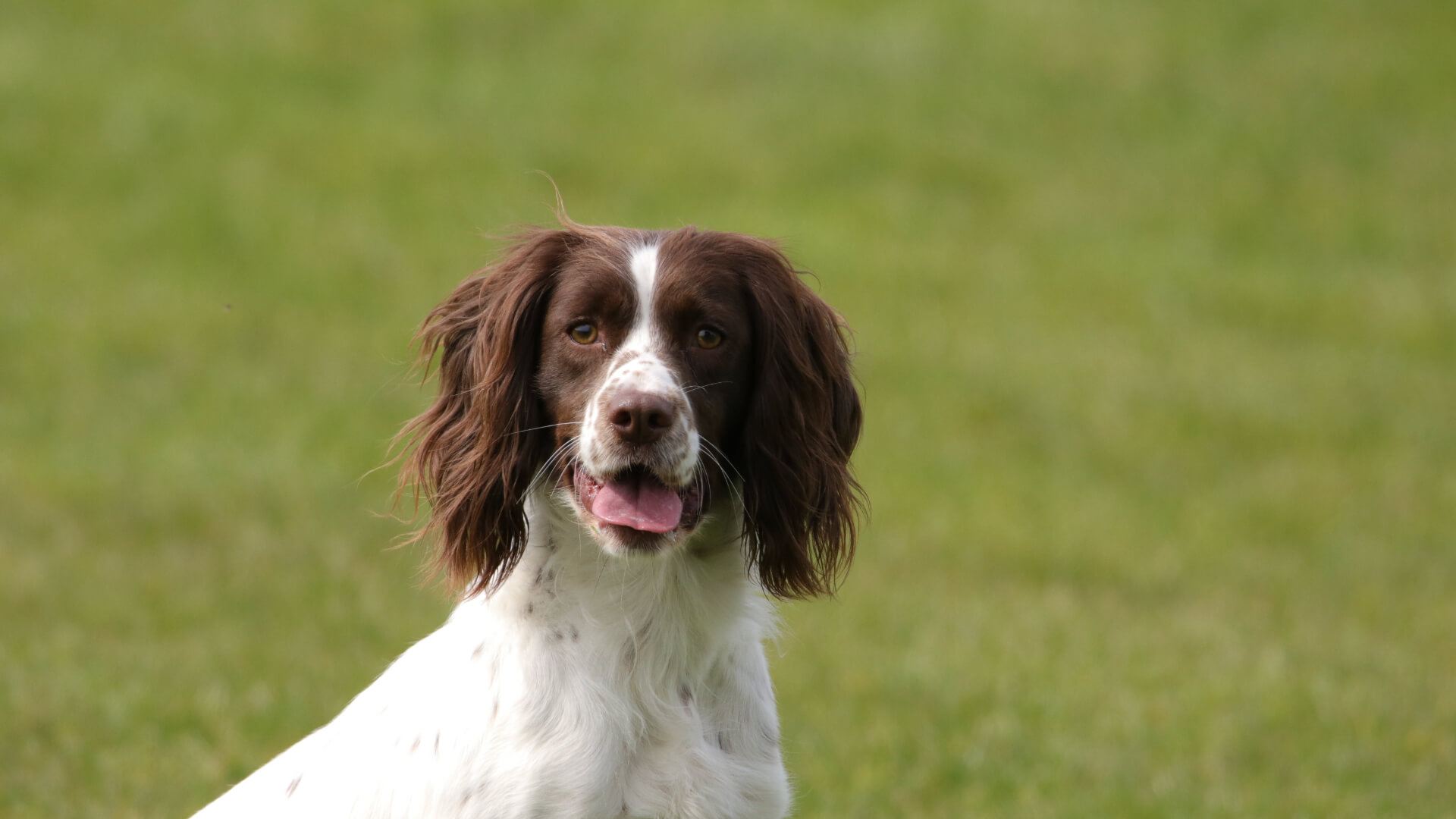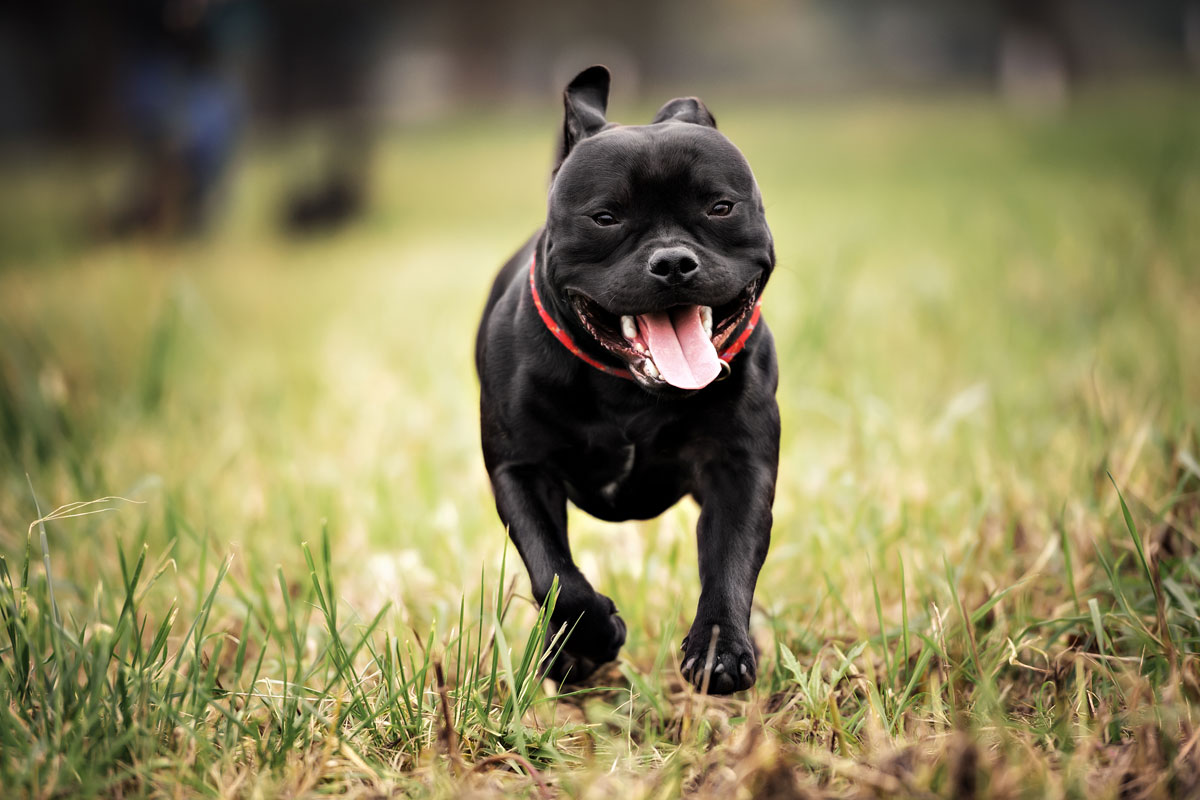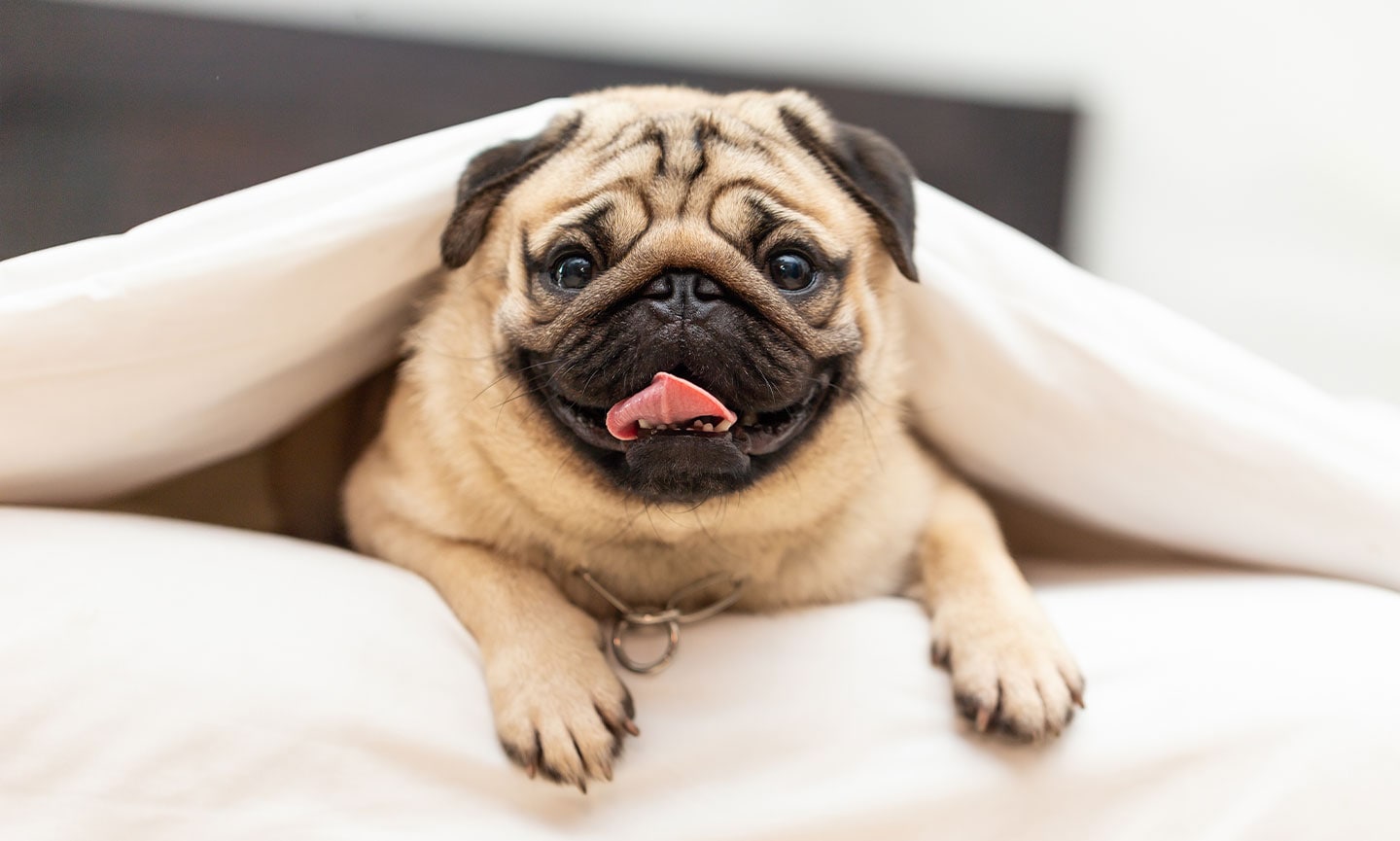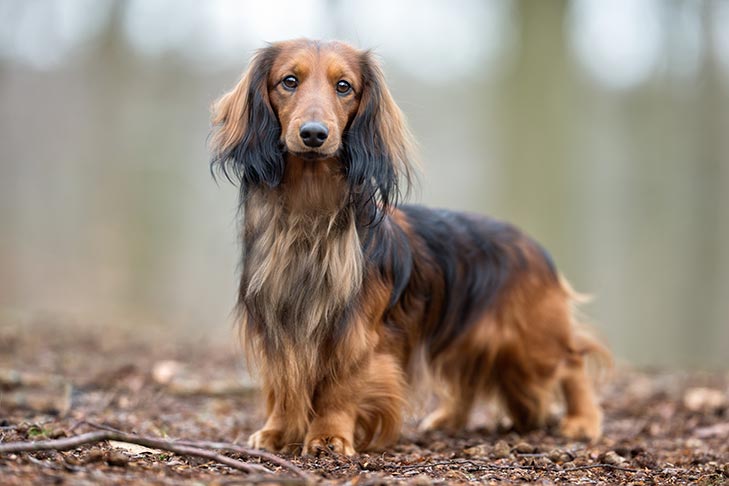You may be wondering when you can take your puppy for a walk. The answer to this question is not so simple, and it all depends on the size of your dog and their age.
You also need to consider other factors like where you live, what type of weather we are in currently, how much time you have available for walks each day, and if there are any obstacles that could be dangerous for your pup.
In this post with top tips, we will explore these questions about taking dogs out for walks so that both owners and pets can enjoy outdoor time together!
Table of Contents
When can I walk my puppy?
Pets, particularly puppies, are social creatures and thrive on interaction with other animals and their owners. It’s up to you as the pet owner to prepare your new puppy accordingly: go outside and introduce your puppy slowly to expected sights, sounds, and smells found outside such as people or traffic noise.
The right time to take your new puppy out for their first walk
Most new puppies will need two vaccinations before you can safely take them for a walk on a lead. It’s important to check with your vet as they’ll be able to give you exact timings based on the type and breeds.
It can be up to a few weeks after they are fully vaccinated that you can go outside and take your puppy for a walk.
Puppies are most vulnerable to diseases until their immune systems are mature enough to protect them. Puppy immunisation schedules vary depending on the age and vaccines that are given, but typically consist of two vaccinations starting at six to nine weeks and one more vaccination three weeks later.
You may be advised by your vet to wait an additional one week or two weeks after your dog has received their second vaccine to venture out of your garden to exercise and play with your puppy.
When can my puppy meet people and other dogs?
Keeping a puppy isolated from humans or other animals for unto a minimum of 13 weeks old is likely to have a negative effect on a pup’s later ability to adjust and socialise in life.
A compromise needs to be found between the need for protection of your puppy and their stable mental health.
As most socialization will involve people and other dogs, such a compromise should ensure good physical health as well as help your puppy avoid infection and disease risk.
Ask your vet about risks and benefits of socializing your puppy and how best to do it according to their advice.
Puppies need to exercise and experience things. Early on, puppies need to hear the wind and feel the rain.
They need to hear trucks, trains, and buses. You need to let your puppy experience as much of the world as possible regardless of breed.
To secure a safe future for your puppy, you need to take your puppy out as much as you can during those early, crucial weeks of life.
Walks Before My Puppy is Fully Vaccinated
Until your puppy is fully protected by vaccination you can reduce the risks of infection with the following ideas.
One of the biggest concerns when taking your new puppy for a walk is to keep them away from other dogs with unknown vaccination status.
Other dogs’ vaccinations may not be up-to-date, and they could also endanger you or your puppy by passing on diseases such as parvo, rabies, kennel cough, distemper or canine influenza.
When walking in areas frequented by other dogs (e.g., a park), we recommend that you carry your puppy so that it doesn’t come into contact with any harmful substances like urine or loose stool in the dirt. Or you can at least keep them on a lead. Reducing risk makes for happier puppies!
Walking Your Puppy in All Kinds of Weather
Weather can be a big factor in how often or how long a young pup is able to go for walks and exercise. Early in a puppy’s life, if they have fun experiences in varying weather conditions, your dog will not look upon averse weather as a deterrent to a fun walk – regardless of breeds.
Especially earlier in a puppy’s life, when they first go on walks, it is a good idea that puppies are kept on leads so that if they become startled they are not able to bolt away.
Another consideration is the time you have available to walk and exercise your puppy and show them the world. Young puppies do not need long walks or as much exercise as an older dog might require.
It is good practice taking your puppy on a walk a minimum of two times per day with frequent shorter walks easier for puppies than long walks. Your puppy’s world is expanding day by day.
Puppies need significantly more sleep that older, more mature dogs do, so be sure to give your puppy plenty of time to nap.
When can my puppy meet other dogs?
Bringing your young puppy out in public can be a scary prospect. They are far more likely to come into contact with other dogs who may be carrying diseases that they could then bring home to you and the rest of your family.
To avoid this, make sure your puppy is fully vaccinated them before letting them have contact outside. Take your puppy for walks on the lead at first and make sure to be careful around other dogs.
Chat with owners about their pets and ask if it is okay for your puppy to say hello.
The first few months of a puppy’s life are critical for their socialization. The more interactions your young puppy has with people and other dogs during these crucial weeks, the happier your dog will be in adulthood.
By getting out with your puppy, you’re allowing them to get used to meeting new people and animals. To be fully protected, just make sure when taking your puppy that any dogs they meet are also fully vaccinated.
Can I take my 8 weeks old puppy outside?
Puppies are typically vaccinated starting at eight weeks old. The second set of vaccinations is usually administered two to four weeks after the first, around 11-12 weeks old.
Some vets may recommend a third or fourth set of vaccinations for high risk puppies without a clear medical history.
Depending on where your furry friend originated, they’ve may have had vaccinations up to this point.
Breeders and centers rehoming dogs typically administer at least the first set of injections, advising new owners about their status upon intake.
Ensure that you ask your new puppy’s seller for papers or information outlining their vaccination history to pass along with the vet.
When can Puppies start going for walks?
Puppies don’t need as much exercise as fully grown dogs. If you over-exercise a growing puppy you can overtire it and damage its developing joints, causing early arthritis.
A good rule of thumb is a ratio of five minutes exercise per month of age (up to twice a day) until the puppy is fully grown e.g. 15 minutes (up to twice a day) when 3 months old, 20 minutes when 4 months old and so on.
Some veterinarians will focus on your dog’s health. Some vet’s recommend keeping your puppy home until they are 14 weeks old or more and fully vaccinated.
As vets have become aware of the risks of poor socialization, many trainers and breeders increasingly recommend that you take your puppies outside for walks (not too long) from an early age.
Can I take my puppy for a walk after first vaccination?
When your dog is not fully protected from disease (for example, when vaccinations are not yet complete), there are lots of things you can do to keep them entertained.
Mental stimulation through play and socialization is just as important as physical exercise for animals.
Puppies need lots of sleep, so keep exercise within the boundaries of your home or garden to ensure a healthy sleeping pattern if they have not been fully vaccinated yet.
Safe Space For Your Puppy
Creating a safe yard or space in your home is important for giving you and your pup some exercise.
Allowing your dog to get plenty of time “outside” may be difficult, so this can give them access to the outdoors when they need it most.
To feed your puppy or for a treat, you can put food inside a toy to make it more fun for them.
Games with your new puppy are fun. Keep the games short and watch them carefully. If they seem tired, stop playing.
Planning Your Puppy’s First Walk
When your puppy is ready for their final vaccination, they will be fully protected from the diseases covered by vaccinating in a week and then are ready to explore their new world and surroundings.
What Dog Equipment is Needed for Training?
There are many ways to prepare your pup for their first official walk- get them used to wearing a collar or harness and a lead. You may want to try using a standard leash that attaches to the dog’s harness so pulling is not uncomfortable.
You and your new puppy can also take a test drive with the new walking kit if you have a garden before going on a full walk. You can even start practice walks with collar or harness and lead one week before your first out-of-home walk.
You will have more control during your walk using a standard, non-retractable lead. And you can keep your puppy close to you. A non-retractable lead will also avoid the result of inadvertently letting them pull on the lead.
Do I Bring Treats On Our First Walk?
Be sure to bring doggie treats so that you can use positive reinforcement and praise for when your puppy behaves well.
Treats may also help when you go outside on a walk to keep your puppy’s attention from focusing on other things.
First Puppy Walk: Obstacles & Risks Near Your Home
Know specifically where you will walk with your new puppy. Your puppy may be frightened or nervous and treats can help to reassure them.
Again, your puppy’s first walk should be trouble free and fun. As you plan your journey, think of any things which may be new and different than your puppy has experienced in your home and your garden.
Think of terrain and ground surfaces. Gravel might be sharp on puppies’ feet and mud or water may be entirely new to your puppies experience. Minimising entirely new types of ground may make your puppy’s first walk less risky of upset.
Hopefully your puppy will be excited and enjoy their first walk round their new home.
First Puppy Walk: Interacting With People & Other Dogs
Decide if you want your pup to interact with other dogs before going outside.
You may allow shy, reserved or polite dogs to come close, but rowdy, high-energy and/or unruly dogs might be best to be avoided.
There are three main things to remember when taking your pup for a walk. Keep an eye out on what’s ahead of you and if you don’t want your dog approaching other dogs, turn in the opposite direction and calmly walk away.
Don’t panic – pick up your puppy only if they’re endangering themselves or others.
Tell Others It is Your Puppy’s First Walk
Communicate with other dog owners that it is your puppy’s first walk outside. Ask them to be sure their older dog does not overwhelm your new puppy.
Your puppy does not have to meet and greet every person or other dog you meet on your first walk.
If your puppy is nervous on their first walk, it is ok to tell people “not now” for greeting your puppy and “maybe next time” when your puppy is more relaxed.
You may want to plan a walking route which does not have so many people or dogs for your first venture out.
Also, if possible, you could go at a time of day when less people and dogs are out and about.
Toilet Training Your Puppy
Training your puppy to go on the toilet is important- and you should start straight away.
Puppies learn valuable skills and form lifelong habits in their first few weeks of life.
As with other aspects of your puppy’s new life, toilet training might take some time. It is important to be consistent and stick it out.
Create a Routine & Stick to It
One of the first things you’ll need to teach your new puppy is house or toilet training and sticking to a routine regularly will help maintain good behaviour.
Every puppy learns differently and at a different pace. Within a few days, some puppies will pick up toilet training but others might take much longer. Even if your pup is a quick learner, they’re bound to have accidents at first.
First steps, even if your puppy is only in the kitchen or house and not yet going outside, is that your young puppy learns to “hit the puppy pad”.
Toilet Training Your Pup: Regular Routine
You need to have a regular routine which begins with first thing in the morning taking your puppy out for a break and encouraging them to “do their business” or another term which they associate with going to the toilet.
Every few hours, your puppy will need to have a loo break. The more regular the loo breaks are and in the same place, the stronger and quicker your puppy will develop an association between going outside and “doing their business”.
Other good habits and behavioural associations with toilet training are taking your puppy out shortly after your puppy has been fed or if your pup is playing inside, give your puppy a mid-play break so they can go to the loo naturally.
Always make sure your puppy gets plenty of opportunities to play, even if it is inside and not in the garden, so your puppy, regardless of breed, doesn’t have to wait.
Your puppy needs to go to the loo frequently especially in their early age. Patience and a clear routine will help you train your puppy quickly and reduce the risk of accidents.




